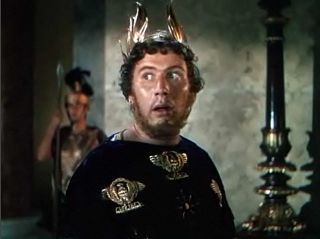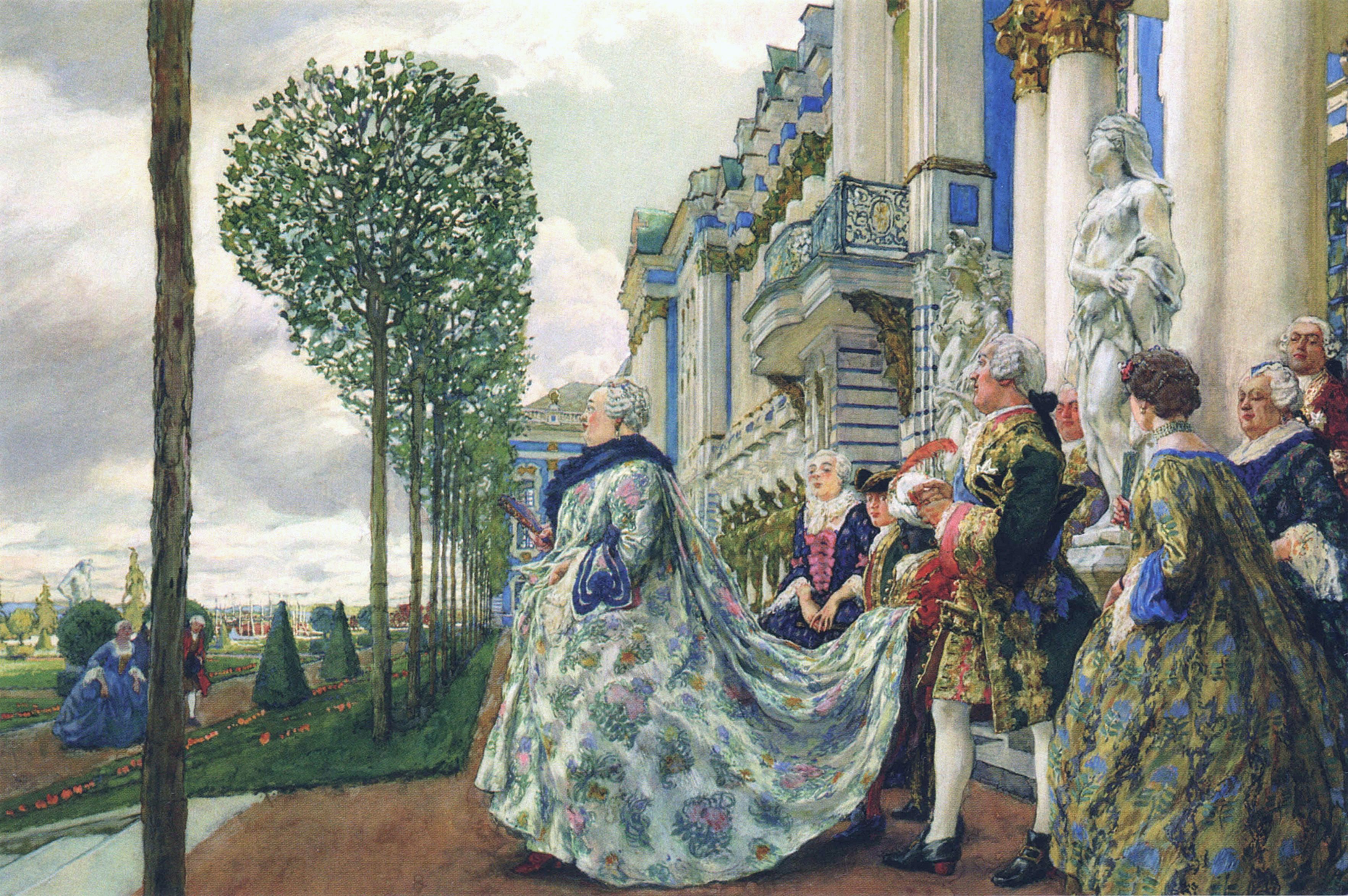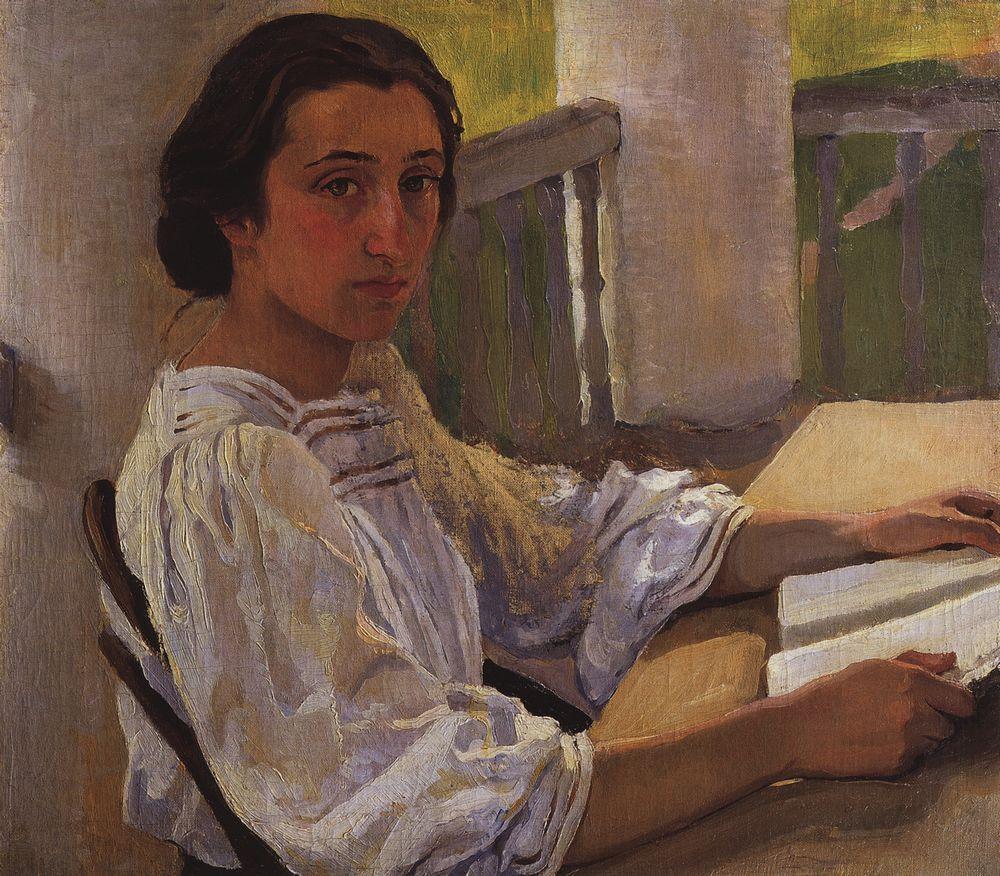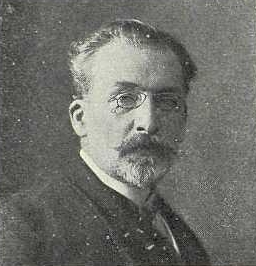|
Nicholas Benois
Nicholas or Nikolai Leontievich Benois (; – ) was a Russian architect who worked in Peterhof and other suburbs of St. Petersburg. Biography Benois was born in St. Petersburg, to Anna Katarina (''née'' Groppe), who was of German descent, and a French father, Louis Jules Benois (from Brie, Saint-Ouen-sur-Morin). He studied at the Imperial Academy of Arts from 1827 to 1836. Eight years later, he was appointed a court architect to Nicholas I of Russia and oversaw several projects in the town of Peterhof, notably the Principal Imperial Stables (1847–52). He was quite notable in 19th-century Russia for adhering to the Gothic Revival style of architecture and decoration. Benois designed some of the first railway stations in Russia, notably in Strelna, Tsarskoe Selo and New Peterhof, the last being considered his masterpiece. Later in his career he also worked in the Caucasus, where he designed the Summer Palace of the Viceroy in Likani, Georgia. By his marriage to Cam ... [...More Info...] [...Related Items...] OR: [Wikipedia] [Google] [Baidu] |
Russian Museum
The State Russian Museum (), formerly known as the Russian Museum of His Imperial Majesty Alexander III (), on Arts Square in Saint Petersburg, is the world's largest depository of Russian fine art. It is also one of the largest art museums in the world with a total area over 30 hectares. In 2022 it attracted 2,651,688 visitors, ranking twelfth on list of most-visited art museums in the world. Creation The museum was established on April 13, 1896, upon enthronement of the emperor Nicholas II to commemorate his father, Alexander III. Its original collection was composed of artworks taken from the Hermitage Museum, Alexander Palace, and the Imperial Academy of Arts. The task to restructure the interiors according to the need of future exposition was imposed on Vasily Svinyin. The grand opening took place on the 17 of March, 1898. After the Russian Revolution of 1917, many private collections were nationalized and relocated to the Russian Museum. These included Kazimir Ma ... [...More Info...] [...Related Items...] OR: [Wikipedia] [Google] [Baidu] |
Likani
Likani ( ka, ლიკანი ) is a townlet in Georgia’s Samtskhe-Javakheti region, located at the west end of the town of Borjomi in the Borjomi Municipality, some 160 km west of Tbilisi, capital of Georgia. Likani is adjacent to the Borjomi-Kharagauli National Park and is a popular mountain spa. Winters are mild and not very snowy with an average temperature of -2.0 °C while summers are warm with an average temperature of 20-25 °C. The Likani Park, popularly exploited as a recreational zone, is dominated by oaks and conifer groves and hosts mineral springs similar in composition to "Borjomi". Important landmarks include a three-nave basilica church (8th-9th centuries) and the Romanov Palace (1892-95). The latter – projected by Leon Benois and designed by Leopold Bilfeldt – was built on the bank of the Kura River as a summer mansion of Grand Duke Nicholas Mikhailovich of Russia. In the Soviet times, the Likani residence passed into the property of the state and was ... [...More Info...] [...Related Items...] OR: [Wikipedia] [Google] [Baidu] |
People From Sankt-Peterburgsky Uyezd
The term "the people" refers to the public or Common people, common mass of people of a polity. As such it is a concept of human rights law, international law as well as constitutional law, particularly used for claims of popular sovereignty. In contrast, a people is any plurality of Person, persons considered as a whole. Used in politics and law, the term "a people" refers to the collective or community of an ethnic group or nation. Concepts Legal Chapter One, Article One of the Charter of the United Nations states that "peoples" have the right to self-determination. Though the mere status as peoples and the right to self-determination, as for example in the case of Declaration on the Rights of Indigenous Peoples, Indigenous peoples (''peoples'', as in all groups of indigenous people, not merely all indigenous persons as in ''indigenous people''), does not automatically provide for independence, independent sovereignty and therefore secession. Indeed, judge Ivor Jennings i ... [...More Info...] [...Related Items...] OR: [Wikipedia] [Google] [Baidu] |
Architects From Saint Petersburg
An architect is a person who plans, designs, and oversees the construction of buildings. To practice architecture means to provide services in connection with the design of buildings and the space within the site surrounding the buildings that have human occupancy or use as their principal purpose. Etymologically, the term architect derives from the Latin , which derives from the Greek (''-'', chief + , builder), i.e., chief builder. The professional requirements for architects vary from location to location. An architect's decisions affect public safety, and thus the architect must undergo specialised training consisting of advanced education and a ''practicum'' (or internship) for practical experience to earn a Occupational licensing, license to practice architecture. Practical, technical, and academic requirements for becoming an architect vary by jurisdiction though the formal study of architecture in academic institutions has played a pivotal role in the development of the p ... [...More Info...] [...Related Items...] OR: [Wikipedia] [Google] [Baidu] |
1898 Deaths
Events January * January 1 – New York City annexes land from surrounding counties, creating the City of Greater New York as the world's second largest. The city is geographically divided into five boroughs: Manhattan, Brooklyn, Queens, The Bronx and Staten Island. * January 13 – Novelist Émile Zola's open letter to the President of the French Republic on the Dreyfus affair, , is published on the front page of the Paris daily newspaper , accusing the government of wrongfully imprisoning Alfred Dreyfus and of antisemitism. February * February 12 – The automobile belonging to Henry Lindfield of Brighton rolls out of control down a hill in Purley, London, England, and hits a tree; thus he becomes the world's first fatality from an automobile accident on a public highway. * February 15 – Spanish–American War: The explodes and sinks in Havana Harbor, Cuba, for reasons never fully established, killing 266 men. The event precipitates the United States' ... [...More Info...] [...Related Items...] OR: [Wikipedia] [Google] [Baidu] |
1813 Births
Events January–March * January 5 – The Danish state bankruptcy of 1813 occurs. * January 18– 23 – War of 1812: The Battle of Frenchtown is fought in modern-day Monroe, Michigan between the United States and a British and Native American alliance. * January 24 – The Philharmonic Society (later the Royal Philharmonic Society) is founded in London. * January 28 – Jane Austen's '' Pride and Prejudice'' is published anonymously in London. * January 31 – The Assembly of the Year XIII is inaugurated in Buenos Aires. * February – War of 1812 in North America: General William Henry Harrison sends out an expedition to burn the British vessels at Fort Malden by going across Lake Erie via the Bass Islands in sleighs, but the ice is not hard enough, and the expedition returns. * February 3 – Argentine War of Independence: José de San Martín and his Regiment of Mounted Grenadiers gain a largely symbolic victory agains ... [...More Info...] [...Related Items...] OR: [Wikipedia] [Google] [Baidu] |
Helsinki
Helsinki () is the Capital city, capital and most populous List of cities and towns in Finland, city in Finland. It is on the shore of the Gulf of Finland and is the seat of southern Finland's Uusimaa region. About people live in the municipality, with million in the Helsinki capital region, capital region and million in the Helsinki metropolitan area, metropolitan area. As the most populous List of urban areas in Finland by population, urban area in Finland, it is the country's most significant centre for politics, education, finance, culture, and research. Helsinki is north of Tallinn, Estonia, east of Stockholm, Sweden, and west of Saint Petersburg, Russia. Helsinki has significant History of Helsinki, historical connections with these three cities. Together with the cities of Espoo, Vantaa and Kauniainen—and surrounding commuter towns, including the neighbouring municipality of Sipoo to the east—Helsinki forms a Helsinki metropolitan area, metropolitan are ... [...More Info...] [...Related Items...] OR: [Wikipedia] [Google] [Baidu] |
Peter Ustinov
Sir Peter Alexander Ustinov (16 April 192128 March 2004) was a British actor, director and writer. An internationally known raconteur, he was a fixture on television talk shows and lecture circuits for much of his career. Ustinov received #Awards and nominations, numerous accolades including two Academy Awards, three BAFTA Award, BAFTA Awards, three Primetime Emmy Award, Emmy Awards, an Olivier Award and a Grammy Award. Ustinov received two Academy Award for Best Supporting Actor, Academy Awards for Best Supporting Actor for his roles in ''Spartacus (film), Spartacus'' (1960), and ''Topkapi (film), Topkapi'' (1964). He also starred in notable films such as ''Quo Vadis (1951 film), Quo Vadis'' (1951), ''The Sundowners (1960 film), The Sundowners'' (1960), ''Billy Budd (film), Billy Budd'' (1962), and ''Hot Millions'' (1968). He voiced John, King of England, Prince John and Richard I of England, King Richard in the Walt Disney Animation, Walt Disney Animated film ''Robin Hood (19 ... [...More Info...] [...Related Items...] OR: [Wikipedia] [Google] [Baidu] |
Eugene Lanceray
Yevgeny Yevgenyevich Lanceray (; – 13 September 1946), also often spelled Eugene Lansere, was a Russian graphic artist, painter, sculptor, mosaicist, and illustrator, associated stylistically with ''Mir iskusstva'' ("World of Art").Scholl, Tim. "From Petipa to Balanchine: Classical Revival and the Modernization of Ballet", page 144. London: Routledge, 1994. Early life and education Lanceray was born in Pavlovsk, Saint Petersburg, Pavlovsk, Russia, a suburb of Saint Petersburg. He came from a prominent Russian artistic family of French origin.Chilvers, Ian. "A Dictionary of Twentieth-Century Art", p. 560. Oxford: Oxford University Press, 1999. His fatherEugeny Alexandrovich Lanceray was a sculptor. His grandfather Nicholas Benois, and his uncle Leon Benois, were celebrated architects. Another uncle, Alexandre Benois, was a respected artist, art critic, historian and preservationist. His great-grandfather was Venetian-born Russian composer Catterino Cavos. Lanceray's siblings ... [...More Info...] [...Related Items...] OR: [Wikipedia] [Google] [Baidu] |
Zinaida Serebriakova
Zinaida Yevgenyevna Serebriakova (; (Лансере); – 19 September 1967) was a Russian painter. Early life and education Zinaida Yevgenyevna Lansere was born on on the estate of Neskuchnoye near Kharkov in the Russian Empire. Her father, Yevgeny Aleksandrovich Lansere (1848–1886), was a sculptor. Her mother, Yekaterina Lansere, was a painter and came from the artistic Benois family. Her grandfather, Nicholas Benois, was a prominent architect, chairman of the Society of Architects and member of the Russian Academy of Science. Her uncle, Alexandre Benois, was a painter, founder of the ''Mir iskusstva'' art group. One of Zinaida's brothers, Nikolay Lanceray, was an architect, and her other brother, Yevgeny Lanceray, had an important place in Russian and Soviet art as a master of monumental painting and graphic art. The English actor and writer Peter Ustinov was also related to her. After her father's death, her mother took Zinaida and the other children to the Beno ... [...More Info...] [...Related Items...] OR: [Wikipedia] [Google] [Baidu] |
Albert Benois
Albert Nikolayevitch Benois (; – 16 May 1936) was a Russian painter and art teacher who specialized in watercolor landscapes. Biography His father was the architect, Nicholas Benois. He graduated from secondary school in 1871, then attended the Imperial Academy of Arts and took private watercolor lessons from Luigi Premazzi. In 1877, he graduated with the title of "Artist-Architect", first-degree, and took up watercolor painting.Brief biography @ Russian Paintings. In 1880, he was one of the founding members of the "". From 1883 to 1885, he travelled through Italy, France and Spain. He earned the title of "Academician" in 1884, for two of his works from Italy. From 1876 to 1886, he was married to a Swiss pianist named Maria Kind (1855-1909), but divorced her after she had an affair with the composer, [...More Info...] [...Related Items...] OR: [Wikipedia] [Google] [Baidu] |
Alexander Benois
Alexandre (Alexander) Nikolayevich Benois (; Salmina-Haskell, Larissa. ''Russian Paintings and Drawings in the Ashmolean Museum''. pp. 15, 23-24. Published by Ashmolean Museum, 19899 February 1960) was a Russian artist, art critic, historian, preservationist and founding member of ''Mir iskusstva'' ("World of Art"), an art movement and magazine.Owen, Bobbi. ''Costume Design on Broadway: Designers and Their Credits, 1915-1985''. p. 19 Greenwood Press: New York, 1987 As a designer for the Ballets Russes under Sergei Diaghilev, Benois exerted what is considered a seminal influence on the modern ballet and stage design. Early life and education Alexandre was born into the artistic and intellectual Benois family, prominent members of the 19th- and early 20th-century Russian intelligentsia. His mother Camilla (Russian: Камилла Альбертовна Кавос, and then Бенуа) was the granddaughter of Catterino Cavos. His father was Nicholas Benois, a Russian architec ... [...More Info...] [...Related Items...] OR: [Wikipedia] [Google] [Baidu] |







